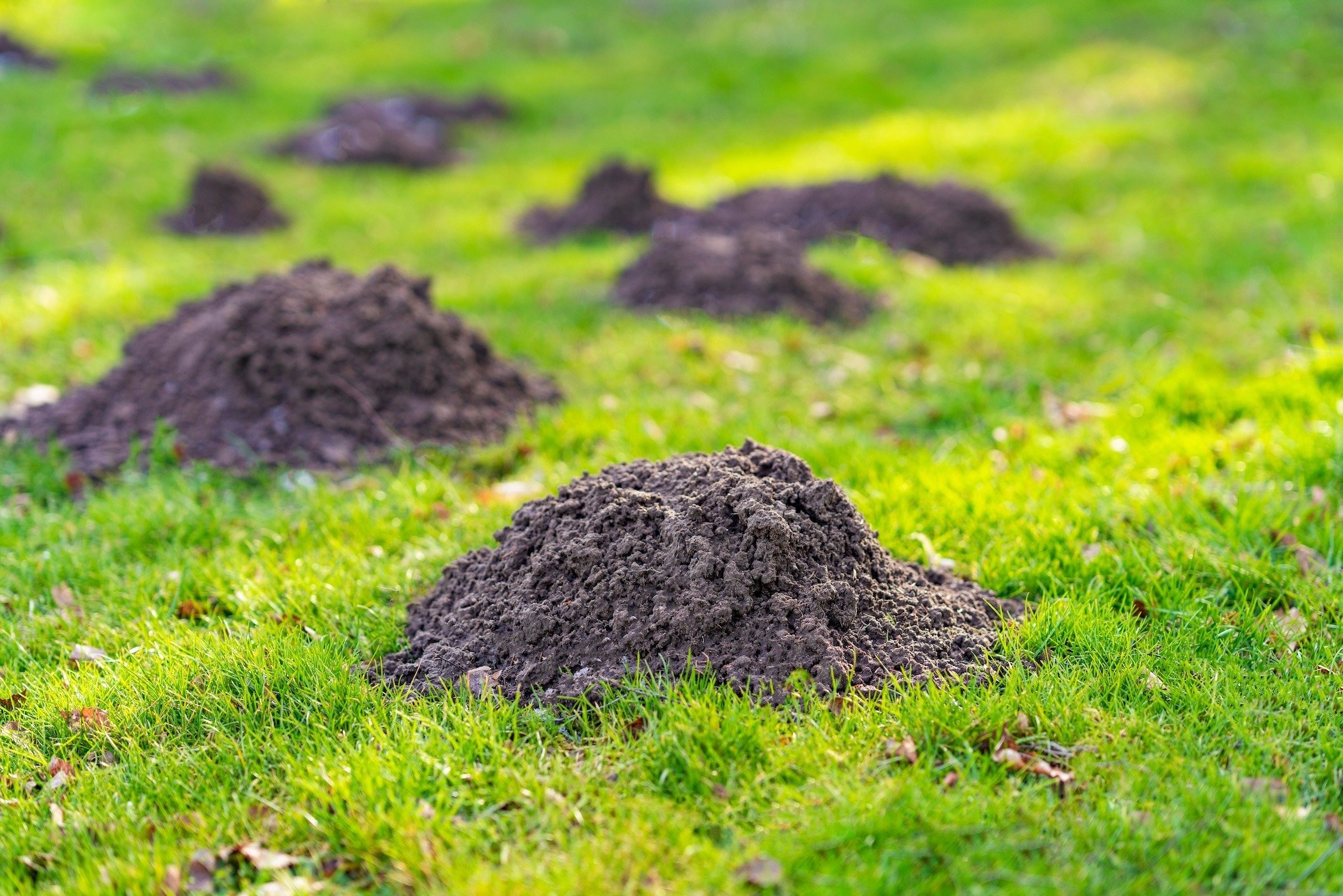Handling Vole Damage: Effective Control Strategies
Handling Vole Damage: Effective Control Strategies
Blog Article
Comprehensive Guide to Reliable Vole Parasite Control: Invasion Identification and Treatment Methods
In the world of effective pest control, vole infestations pose a special challenge that demands a tactical technique. By checking out the subtleties of vole habits, comprehending vital indications of problem, and evaluating an array of control options, one can develop a detailed approach to deal with these elusive insects.
Understanding Vole Habits
Vole actions is defined by their burrowing behaviors and fast reproduction rates, making them a challenging insect to regulate properly. These tiny rats normally develop intricate passage systems underground, using them for sanctuary, food storage space, and transportation. Voles are herbivores, taking in a variety of plants, bulbs, roots, and lawns, which can trigger substantial damage to yards, orchards, and yards. Their fast reproductive price more makes complex control efforts, with females with the ability of generating multiple litters in a solitary year, each having numerous children.
Voles are most active throughout the very early morning and night hours, investing most of their time foraging for food. Their tunneling routines not only disrupt yards and gardens but likewise make them testing to remove and identify. Understanding vole behavior is important for effective bug control methods. By determining their burrow places, keeping an eye on feeding areas, and carrying out targeted control methods, such as trapping or habitat modification, vole problems can be taken care of effectively.
Signs of Vole Problem

Prevention Strategies
Carrying out efficient prevention techniques is crucial in lessening vole invasions and securing plants from their harmful feeding habits. To protect against vole invasions, it is vital to start by removing potential food resources and sanctuary.
Consistently evaluating the home for signs of vole activity, such as paths and tunnel openings, is essential for very early discovery and prompt activity. Consider making use of repellents or traps purposefully placed near their paths if vole activity is thought. Utilizing all-natural killers like owls or snakes can also assist keep vole populaces in check. By applying a mix of these prevention house owners, methods and garden enthusiasts can properly protect their plant life from vole damages.
Non-Lethal Control Techniques
To properly take care of vole populations while focusing on gentle approaches, non-lethal control approaches supply useful solutions for minimizing vole damage in gardens and landscapes. These obstacles can be buried at least 12 inches deep and bent at a 90-degree angle to prevent voles from delving beneath.

Lethal Control Options
One efficient approach for attending to vole infestations in landscapes and yards includes the calculated use of deadly control alternatives. When faced with a severe vole infestation that non-lethal methods have actually failed to consist of, applying dangerous control measures ends up being essential. On the whole, when using lethal control options, it is important to do so sensibly and in accordance with local regulations to properly manage vole problems.
Final Thought
Finally, reliable vole insect control requires an extensive understanding of vole behavior, identification of indicators of invasion, execution of prevention approaches, and usage of both dangerous and non-lethal control approaches. By combining these methods, people can successfully take care of vole populaces and safeguard their home from damages. It is necessary to deal with vole problems promptly to stop additional concerns and decrease the effect on the surrounding environment.
Given the detailed passage systems and rapid reproduction rates particular of view it voles, acknowledging the signs of vole invasion ends up being important in effective bug control. One of the primary indications of vole presence is the existence of surface runways or routes in turf or snow, normally concerning 1-2 inches large, produced as voles take a trip in between their burrows and food sources.To properly handle vole populaces while prioritizing gentle techniques, non-lethal control strategies use practical solutions for minimizing vole damage in landscapes and yards.One reliable technique for resolving vole problems in yards and landscapes entails the strategic usage of dangerous control choices. vole control.In verdict, effective vole bug control requires an extensive understanding of vole habits, read more identification of indications of infestation, execution of prevention techniques, and use of both non-lethal and lethal control approaches
Report this page